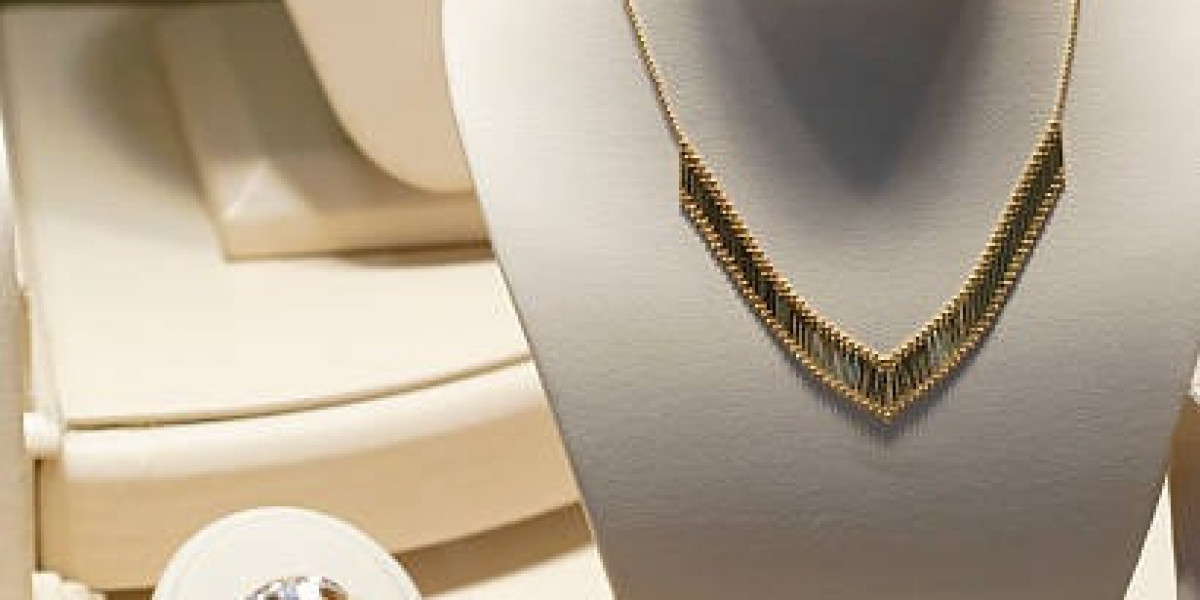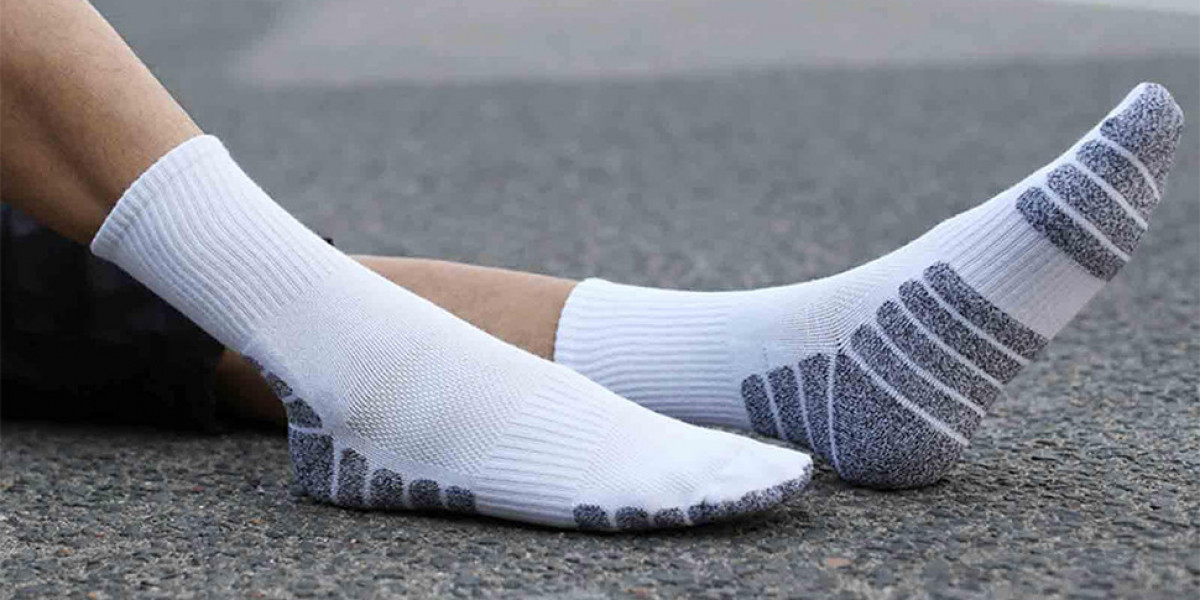Accurate appraisal plays a major role in protecting valuable assets, especially when it comes to high-end personal items. Among these, fine jewelry stands out as a category that requires careful evaluation. Jewelry insurance policies rely heavily on appraisals to determine the actual worth of each item. Without a proper appraisal, coverage may not reflect the real value of the jewelry, leading to financial loss in case of damage or theft.
Jewelry insurance gives peace of mind to owners who want to protect their valuable pieces. However, insurance companies can only offer the right level of coverage if they know the current market value of the items. That’s where appraisals come in.
Why Appraisal Matters in Jewelry Insurance
Appraisal is more than just assigning a price to a piece. It involves examining the materials, craftsmanship, historical value, and market demand of each item. When applying for jewelry insurance, the appraisal report becomes a vital document for both the insurer and the policyholder.
Without a proper appraisal, policyholders might end up with either over-insured or under-insured jewelry. Over-insurance leads to higher premiums, while under-insurance puts the owner at financial risk in case of a claim.
What Does a Jewelry Appraisal Include?
A professional appraisal includes multiple key elements that help insurance companies assess the value of an item. These typically include:
Detailed description of the item
Type and quality of metals and gemstones
Weight of each component
Brand or designer name
Photos of the item
Current market value
This detailed information allows insurers to calculate fair premiums and provide accurate compensation in case of a loss.
Types of Jewelry Appraisals
There are different types of appraisals used for various purposes. It is important to choose the right one when dealing with jewelry insurance.
Insurance Replacement Appraisal
This is the most common type used for jewelry insurance. It estimates the cost of replacing the item with a similar one in the current market.
Estate Appraisal
Used for legal or inheritance purposes, this type assigns fair market value based on resale price, not replacement cost.
Resale Appraisal
This is typically lower than an insurance appraisal, as it reflects the price you would get when selling to a buyer or dealer.
How Often Should Jewelry Be Appraised?
The value of precious metals and gemstones can change due to market trends. For this reason, experts recommend reappraising jewelry every 2 to 5 years. This ensures the insurance coverage stays accurate and up to date.
Outdated appraisals can result in inadequate coverage or disputes during a claim. Keeping the appraisal current also shows responsibility as a policyholder and strengthens trust with the insurer.
Choosing a Qualified Appraiser
When selecting an appraiser, always look for certification from reputable bodies like:
Gemological Institute of America (GIA)
American Gem Society (AGS)
National Association of Jewelry Appraisers (NAJA)
A certified appraiser understands gem grading, metal quality, and current market trends. They also use standard valuation methods and issue detailed, accepted reports.
Avoid getting appraisals from sellers who might inflate prices to encourage purchases. An independent appraiser offers unbiased evaluations.
The Role of Appraisals in Filing Claims
If a piece of jewelry is lost, stolen, or damaged, the appraisal becomes a key reference during the claim process. Insurers will check the documented value, description, and photographs to verify the details.
Without an appraisal, claims may get delayed or rejected. Even if accepted, the payout may be far below the item’s true worth. That’s why keeping the appraisal copy safe and updated is essential.
Some insurance providers even require appraisals above a certain value threshold. Others may offer coverage based on receipts, but this often leads to limited protection compared to appraisal-based policies.
How Jewelry Appraisals Affect Premium Rates
Insurance premiums are based on several factors, and appraisal value is one of the most important. Higher appraisals usually mean higher premiums, but they also mean better protection. Under-valuing your jewelry may lower your premium, but it can cost you more in the long run.
Premiums also depend on factors like:
Security measures (e.g., home safe or alarm system)
Location and theft risk in your area
Type of policy (standalone vs. rider on home insurance)
An accurate appraisal allows the insurer to set a fair rate and helps you avoid paying more than necessary.
Appraisal and Secondary Market Trends
The value of jewelry isn’t only tied to gold or diamond prices. Demand in the resale market, brand reputation, and even fashion trends affect how items are appraised.
For instance, vintage or limited-edition pieces from well-known brands may appreciate over time. An outdated appraisal may not reflect this appreciation, causing the policyholder to miss out on full compensation.
That’s why understanding secondary market trends can help both appraisers and owners stay ahead. Including market insights in the appraisal report adds even more credibility and clarity to the process.
Do All Insurance Companies Require Appraisals?
Not all policies ask for appraisals, especially for low-value items. Some insurers may only require receipts for pieces under a certain amount. However, for high-value jewelry, most providers request a formal appraisal to start or continue the policy.
Some insurers also offer “agreed value” policies. These are based on pre-agreed values between the insurer and the policyholder. Even in such cases, appraisals are used to support the agreed value.
It's always a good idea to confirm the insurer's documentation requirements before purchasing jewelry insurance.
Digital Appraisals and Online Documentation
As technology advances, many appraisers now offer digital reports with secure cloud storage. These digital appraisals make it easier to share documents with insurers and provide instant access during claims.
Some insurers also accept virtual appraisals done through video calls or digital submissions. While convenient, these may not be as accurate for rare or complex pieces. For such items, in-person appraisal remains the gold standard.
Always check if your insurer accepts digital or remote evaluations and if any restrictions apply.
Keeping Appraisals Secure and Organized
An appraisal holds significant value in both legal and financial terms. It's essential to:
Store a digital and hard copy
Keep a backup in a secure location
Update the appraisal regularly
Inform your insurer when changes are made
If the item is gifted, sold, or inherited, make sure the new owner also receives the appraisal documentation. This helps maintain proper records and smooth transitions in insurance ownership.
Essential Takeaways for Jewelry Owners
Appraisals are not just a one-time requirement for jewelry insurance. They are an ongoing tool for protection, planning, and peace of mind. Whether the item is an engagement ring, heirloom necklace, or investment piece, accurate appraisal ensures it receives the value it deserves.
By understanding the process and staying updated, jewelry owners can avoid common insurance issues and ensure better protection of their treasured items.
Final Thoughts to Guide Your Next Step
A proper appraisal transforms jewelry from a possession into a protected asset. It helps build trust with insurers, supports faster claims, and keeps coverage aligned with real-world values. For anyone holding valuable jewelry, investing in regular appraisals is a smart and necessary step in long-term care and risk management.
Jewelry insurance policies may vary, but the need for a credible appraisal remains constant. Whether you're a collector, investor, or someone who values sentiment as much as cost, make appraisals part of your routine—your future self will thank you.









